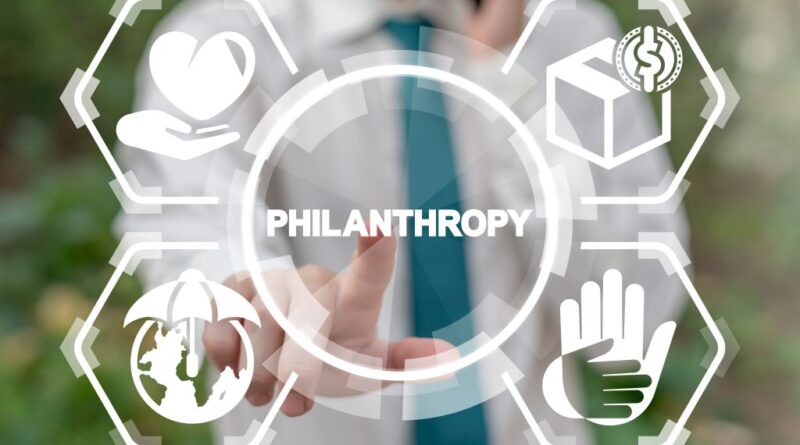Transparency in Philanthropy: Ensuring Your Donations Count
Philanthropy has the power to fuel social good when charitable donations reach trusted organizations, making meaningful change. But how can donors identify trustworthy groups and ensure their gifts are used effectively? Wise donors prioritize transparency, scrutinizing how nonprofits acquire, manage, and distribute donations to maximize impact.
Supporting transparent organizations answering to stakeholders such as Brother’s Brother Foundation means donors can enhance accountability to direct funding toward successful outcomes.
Financial Transparency

Reputable nonprofits uphold strong financial transparency, fully disclosing financial statements, tax filings and budgets detailing their expenses, revenues, assets, executive salaries, and program allocations. Analyzing these numbers offers insight into how efficiently groups use donations. Low administrative costs and high program budgets suggest funds predominantly go to mission work rather than overhead. Independent audits and accountability measures reinforce trustworthy operations. Transparency empowers donors to direct money into organizations upholding fiduciary responsibility.
Impact Metrics
Philanthropic groups should detail clear metrics that track and evaluate their progress fulfilling missions and creating change. Trustworthy nonprofits show evidence their programs produce positive, measurable outcomes aligned to organizational goals. Impact reports with numerical targets, beneficiary stories and growth data help donors understand how their money advances real-world change. High-performing groups openly share results to showcase achievements and inform continued improvement. The best philanthropies welcome accountability.
Inclusive Governance
Participatory governance structures give diverse community stakeholders voice in philanthropic institutions for more responsive programming. This grants the people being served agency in decision-making. Inclusive boards, advisory councils and working groups that welcome recipient input guide policies reflecting on-the-ground realities. Public forums and two-way communications channels further accountability. Charities dedicated to community-centered participation build lasting public trust.
Ethical Fundraising

Ethical, donor-focused fundraising practices reflect respect for constituents. Honest communication materials accurately represent activities, avoid stereotypes, and do not manipulate emotions. Groups only mail or contact donors who opt in for solicitations. Fundraisers emphasize donor education on issues over hard sell tasks. Reasonable privacy protections safeguard donor data but maintain essential transparency. Ethical groups ensure development teams work to inform and empower donors, not pressure, and mislead them.
Mindful Partnerships
Diligent nonprofits carefully vet their partnerships with corporations, governments, and peers to avoid misalignments undermining their mission. Accepting funding from ethically problematic industries risks greenwashing and credibility loss. Co-branding could imply endorsement of partners’ controversial activities. Alliances should uplift shared values, not threaten them. Strong nonprofits collaborate only with groups whose practices reinforce rather than contradict their goals. Donor funds are stewarded most carefully when partnerships reflect organizational principles.
Accessible Expertise
Knowledge sharing shows an openness serving the greater good. Established philanthropies possess a wealth of insights to help emerging groups thrive. Translating best practices and lessons learned to the broader public amplifies collective impact. Expert mentoring, free online resources, data sharing, published evaluations and transparency training assist other organizations in raising standards sector wide. True leaders understand wisdom should be advanced beyond their own institution.
Embracing Feedback

Reputable philanthropic groups actively invite stakeholder feedback to continually refine programs and services. Constructive criticism and accountability are opportunities for growth, not threats. Nonprofits should survey recipients on their needs, concerns, and suggestions. Focus groups engage diverse community perspectives. Comments shared on social media provide candid insights.
Feedback mechanisms show openness to evolve. Hearing directly from populations served keeps organizations attuned to changing realities on the ground. Rather than becoming defensive about critique, great philanthropies integrate feedback to address gaps and build stronger relationships.
Conclusion
Philanthropy depends on public trust that donations will improve lives as promised. Upholding transparency across finances, governance, ethics, and partnerships means nonprofits demonstrate commitment to optimizing donor gifts for the public benefit. Scrutiny and accountability may seem inconvenient initially, but transparency ultimately fuels the impact that matters most.



